Ilford’s transformation from a quiet inland settlement on the edge of historic coastal Essex to a vibrant Greater London landmark reflects centuries of rich history. From prehistoric origins and Roman roots to Victorian industry and today’s diverse, multicultural identity, the area has continually evolved.
With HOLD Self Storage set to open a new facility in Woodford Green, it’s a fitting time to explore the rich history and local character of Ilford. This guide looks at how the area has evolved through the centuries, uncovering key landmarks and stories that continue to shape this part of East London.
Key takeaways
Ilford transitioned from ancient times settlements to a lively urban district.
Key landmarks include the medieval Ilford Hospital Chapel and Victorian-era Clock Tower.
The arrival of the railway accelerated development along this key transport corridor.
Ilford was globally renowned for innovations by Ilford Ltd in photography.
Modern Ilford embraces diverse culture amid ongoing urban regeneration.
Ancient beginnings: from mammoths to the first human occupation
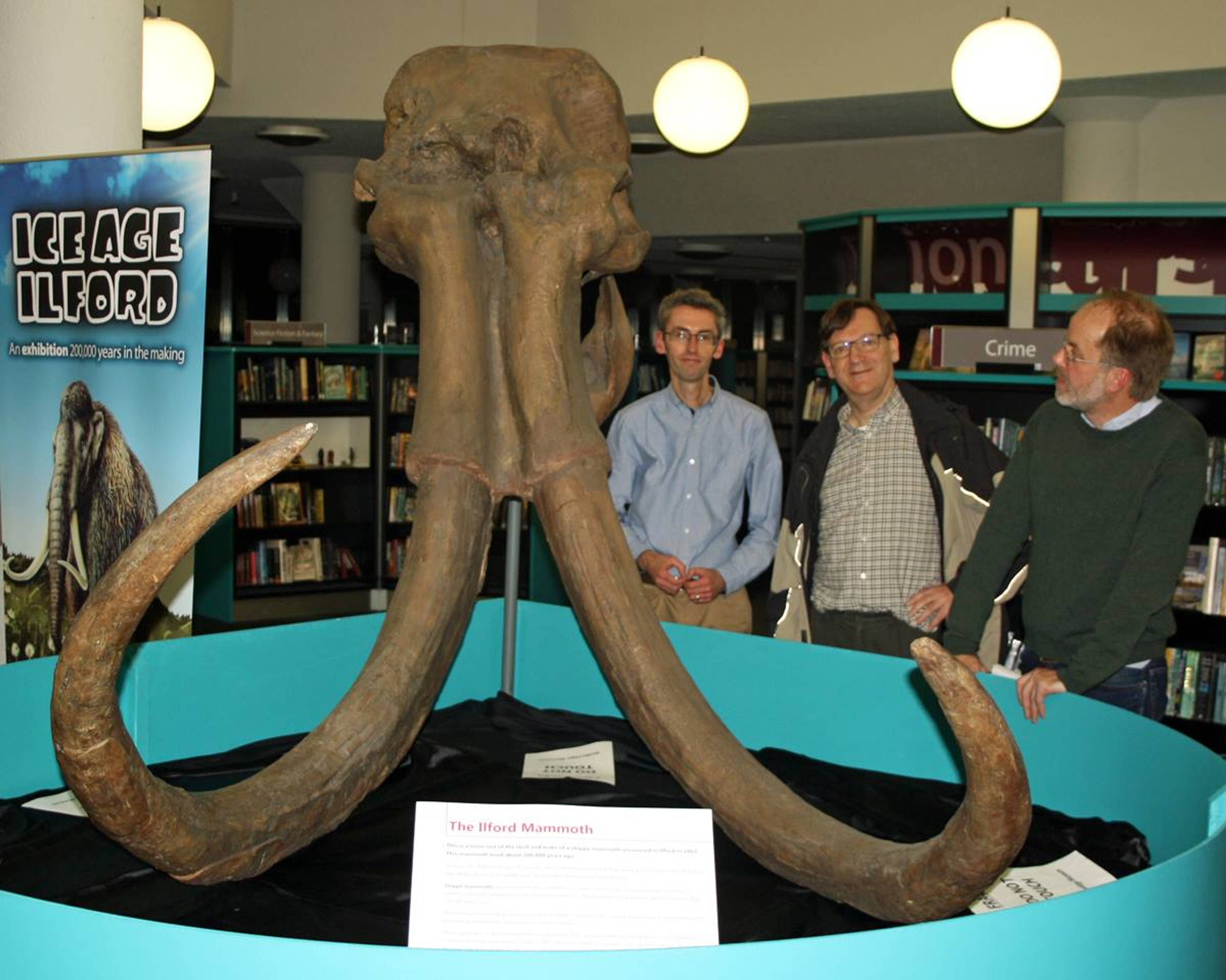
Ilford’s fascinating past dates back thousands of years, marking a crucial chapter in England's rich history. The discovery of Ice Age remains, including various mammoth bones and the partial human skull known as the Ilford Man.
These archaeological treasures were predominantly uncovered near the River Roding, underscoring Ilford’s long-standing strategic position along what is now the scenic Roding Valley Way.
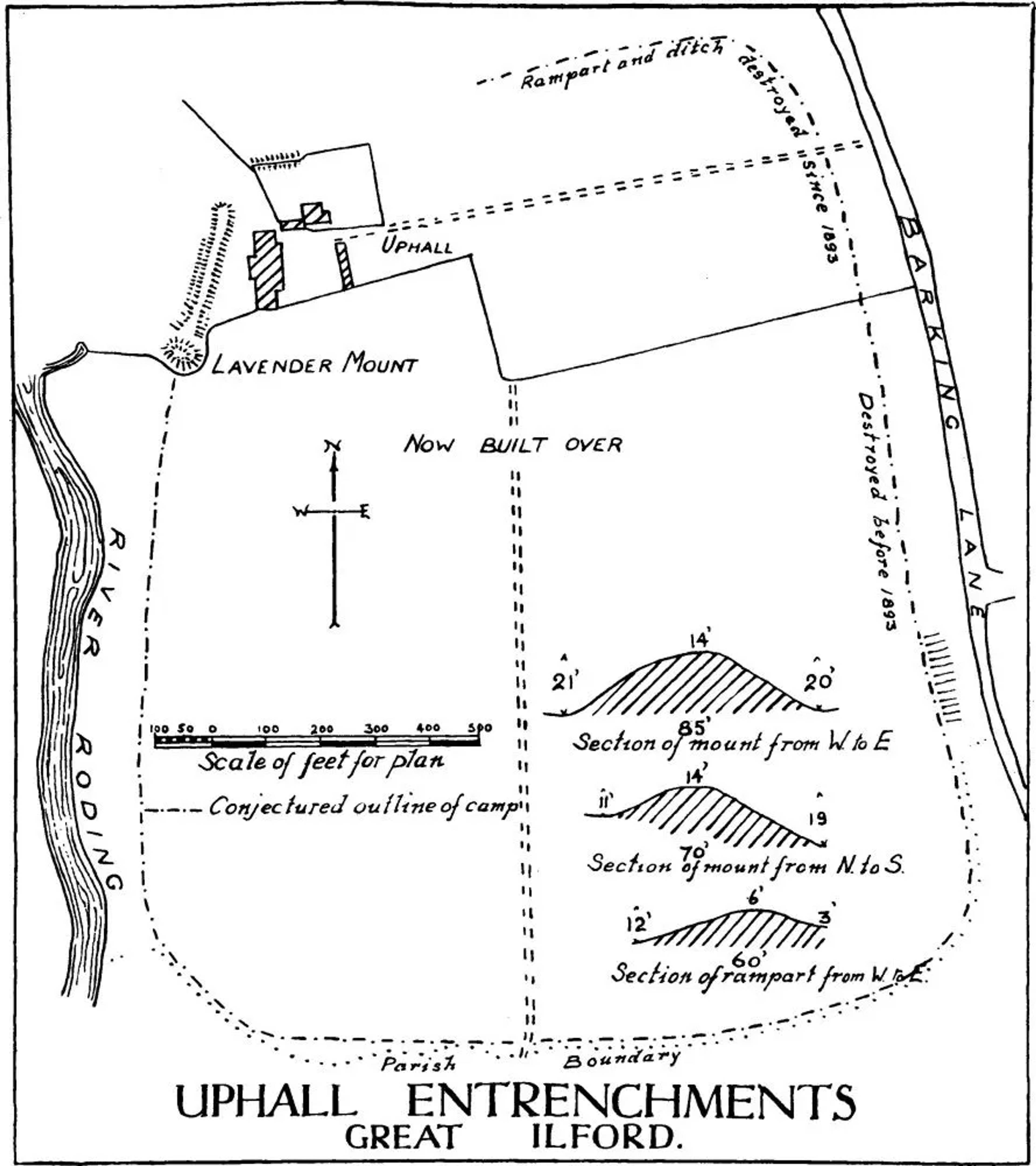
The Iron Age site at Uphall Camp, located between Ilford Lane and the River Roding, suggests early defensive or settlement activity in the area.
Later, Roman occupation brought sophisticated infrastructure, enhancing Ilford’s accessibility and ensuring continued prominence within ancient England.
Saxon and medieval Ilford: Formation of a community
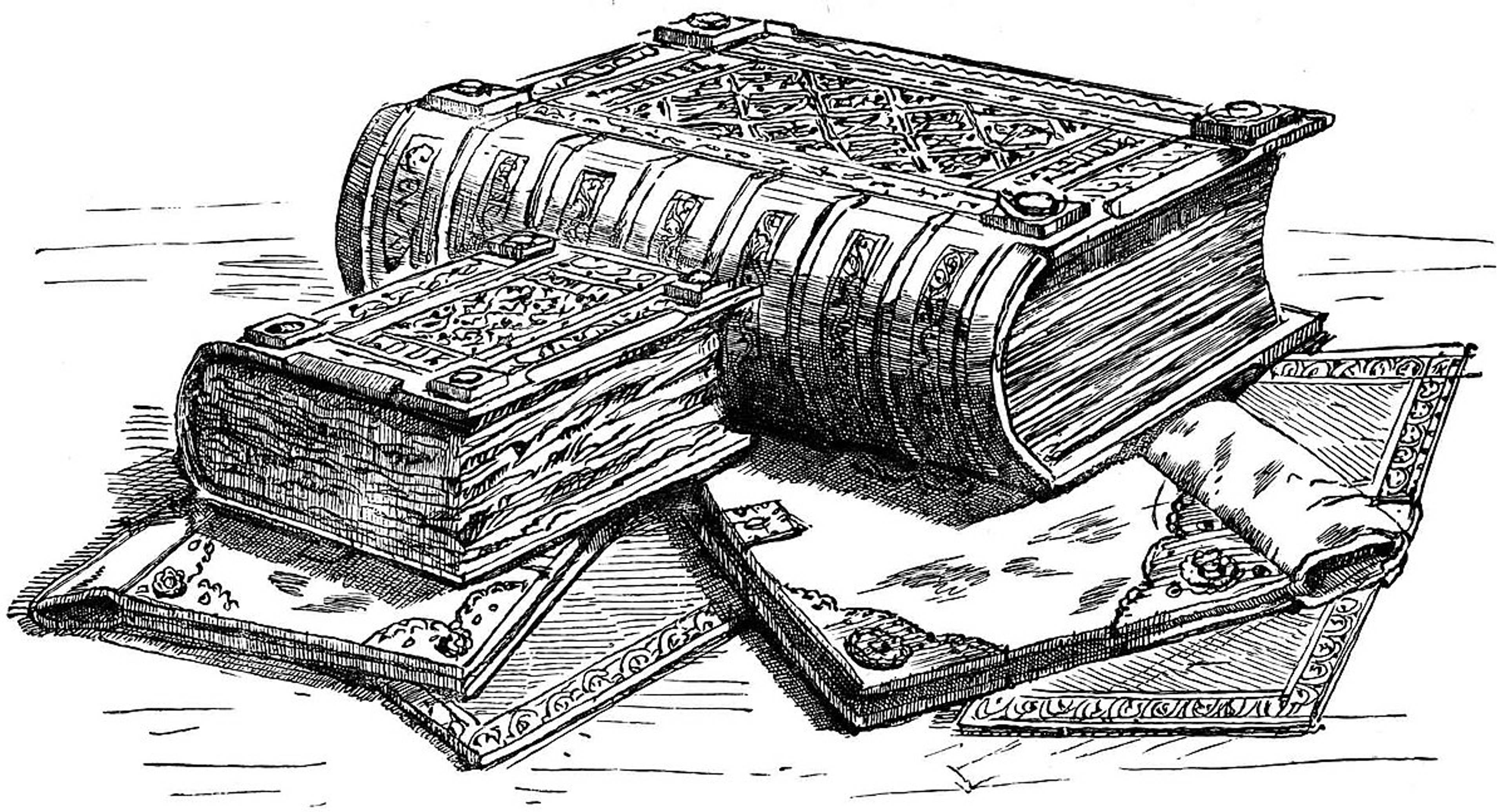
Following the Romans, Saxon settlers helped shape the area that would become Ilford, which formed part of the influential Barking Parish. At the time of the Domesday Book in 1086, Ilford was included within Barking Manor, one of the largest landholdings in Essex. While Ilford was not recorded by name, the manor’s size and resources reflect the region’s early importance.
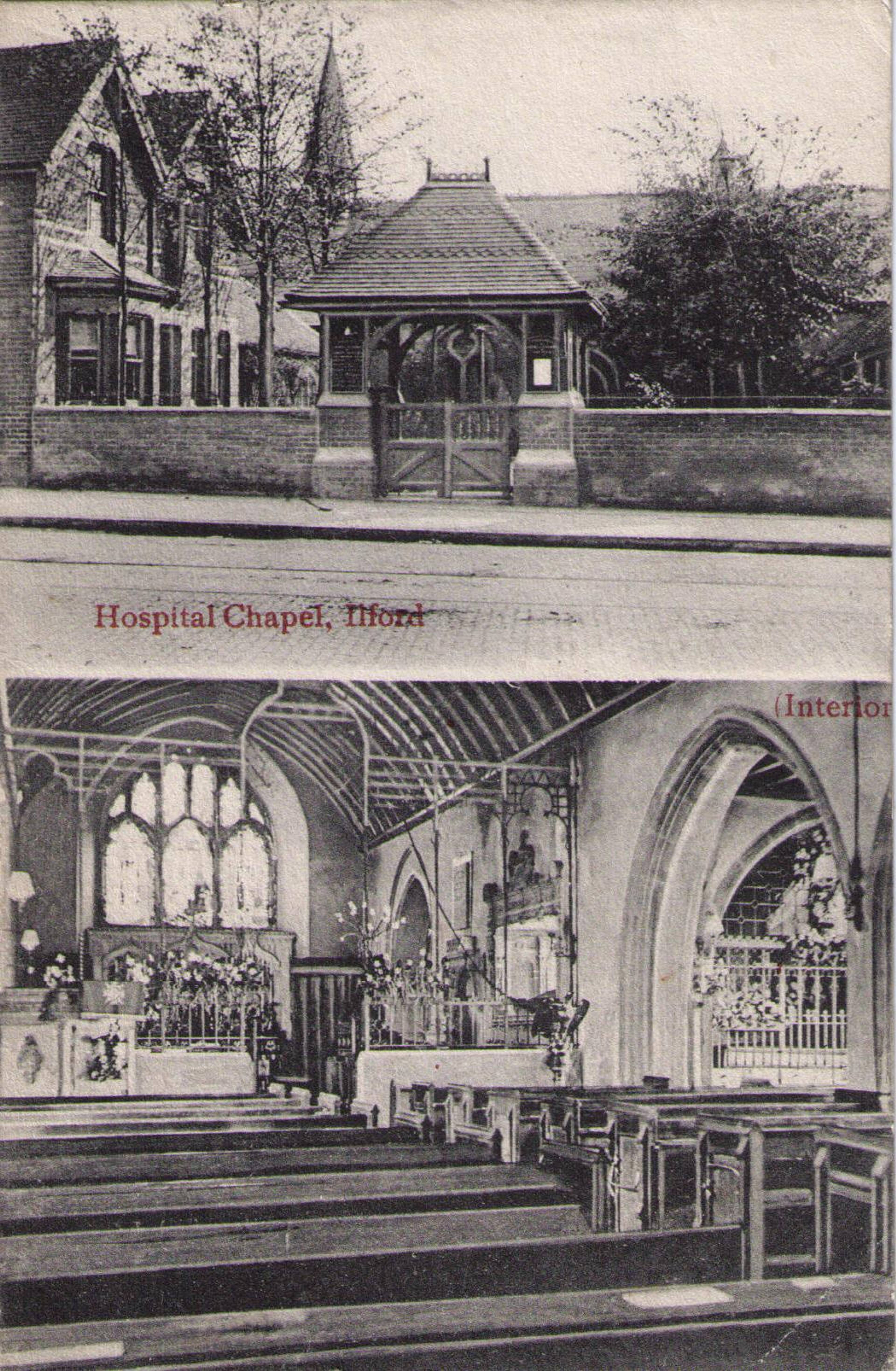
Central to medieval life was the foundation of the Ilford Hospital Chapel around 1145, making it the town’s oldest surviving building today. It served pilgrims en route to Canterbury, placing Ilford firmly on the medieval map of notable towns.
Victorian expansion: Railways, industry, and community growth

The arrival of the Great Eastern Railway in 1839 dramatically reshaped Great Ilford, transitioning it rapidly from a small village to a thriving urban district.
Ilford’s accessible location became a critical strategic position, connecting the town to central London and catalysing significant residential and commercial development. The burgeoning railway prompted a massive influx, greatly expanding the local population.
Peter Griggs significantly influenced Ilford’s early 20th-century expansion, developing residential streets such as Park Avenue in what is now known as Ilford North.
Busy thoroughfares like Cranbrook Road, Roden Street, and the vibrant High Road quickly flourished with various shops, amenities, and industries serving the growing local community.
Among notable businesses, several successful steam laundries sprang up, indicative of the era’s rapid urbanisation.
Ilford’s industrial and cultural legacy

Ilford’s reputation for innovation soared during the late 19th and early 20th centuries, notably with the establishment of Britannia Works Company, later known globally as Ilford Ltd.
Under Alfred Harman, the business expanded rapidly, introducing revolutionary photographic products such as roll films and dry plates. Ilford also developed some early colour film products (a notable achievement in an era driven by every new invention in photography) though it remained best known for its black-and-white photography. This firmly established "Ilford Photo" as an international pioneer in the photographic industry.
In addition to photography, Ilford’s industrial base diversified with businesses like Howards Chemical Works, while later companies such as Kelvin Hughes expanded Ilford’s industrial presence in the 20th century.
Moreover, Ilford played a pivotal role in social innovation through Dr. Barnardo’s Village Homes for disadvantaged girls, reflecting broader Victorian social reform.
20th-century transformation: Independent borough to suburban identity

By 1926, Ilford had grown sufficiently influential to break away from Barking Parish, officially becoming a Municipal Borough with its own council.
This administrative shift reflected the area’s rising autonomy and was symbolised by civic landmarks like Redbridge Town Hall.
Throughout World War II, Ilford experienced numerous notable events, including bombing raids and rebuilding efforts, which were captured in detail by local media.
The local newspaper, covering the town and the borough, is the Ilford Recorder, providing ongoing documentation of Ilford’s development and community resilience.
After the war, the population surged once again, with vast housing estates such as Becontree extending into nearby Seven Kings and Chadwell Heath. Ilford also borders Hainault Forest, a historic woodland that shaped the landscape of the borough’s northern edge
Modern Ilford: Embracing diversity and urban renewal
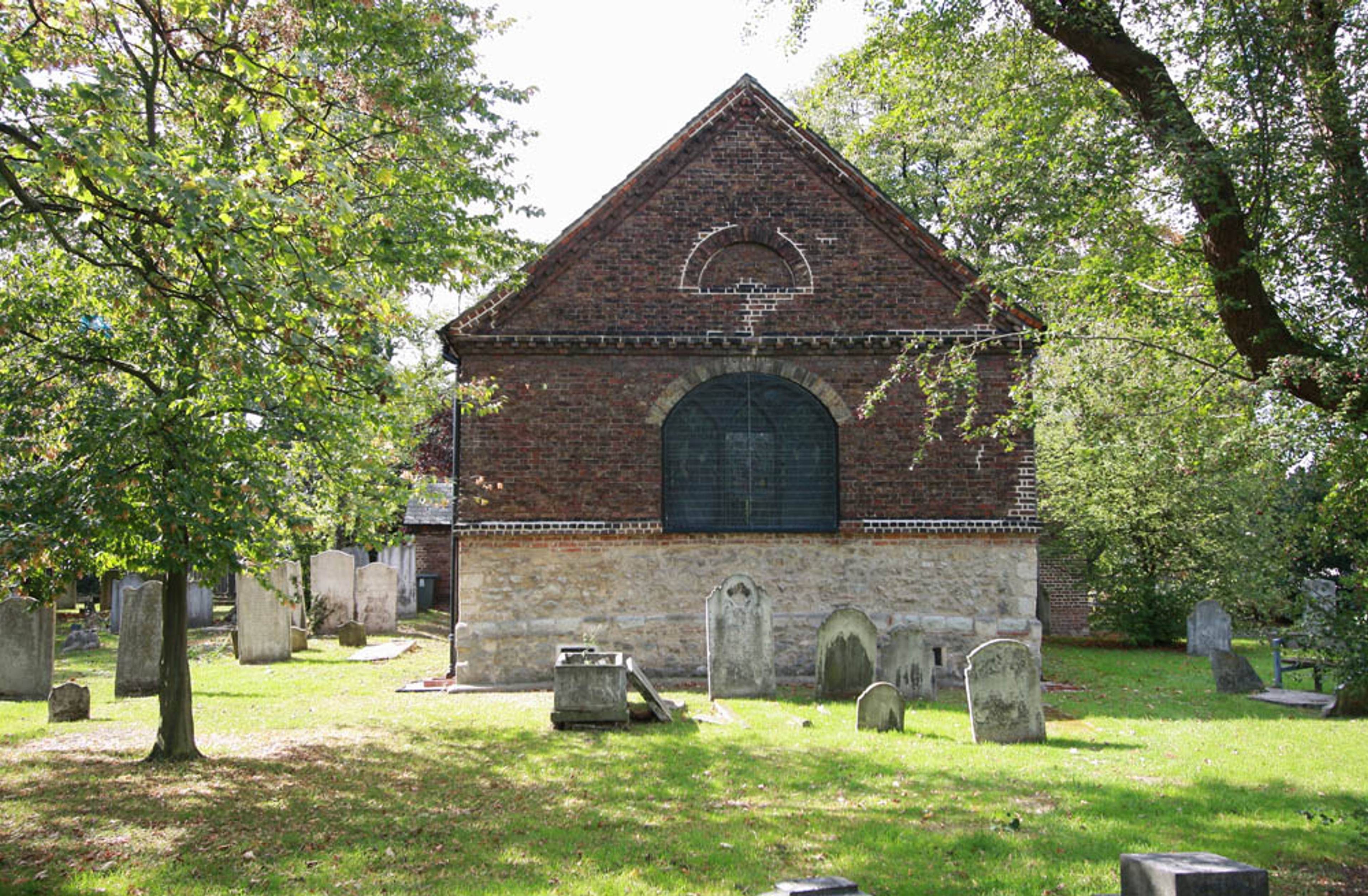
Since becoming part of the London Borough of Redbridge in 1965, Ilford has celebrated multiculturalism and urban regeneration.
Neighbourhoods throughout Redbridge showcase Ilford’s diversity, while ongoing regeneration projects revitalise local businesses, cultural venues, and public spaces, further enriching the community’s dynamic character.
Must-see historical landmarks in Ilford
Visitors keen on exploring Ilford’s rich history shouldn't miss:
Ilford Hospital Chapel: Medieval architectural gem, Ilford’s oldest building still in use today.
Redbridge Town Hall: Built in 1928, this civic landmark symbolised Ilford’s borough status."
Valentine’s Park and Redbridge Museum: Home to Ilford’s prehistoric mammoth displays and comprehensive exhibitions showcasing local and general history.
Britannia Works site: Location commemorating the town’s internationally acclaimed photographic industry, "Ilford Photo".
While you’re planning a tour of these heritage highlights, be sure to check out our guide to things to do in Ilford for even more local experiences to round out your visit.
Hidden stories and curiosities

Beyond widely recognised sites, Ilford harbours fascinating historical curiosities, such as the mysterious Lavender Mount beacon-mound, remnants dating back to ancient defensive structures.
Moreover, the town has welcomed notable historical figures, including celebrated actress Maggie Smith and pioneering radio inventor Sir Ambrose Fleming, each leaving a distinct legacy. Many of these curiosities continue to shape Ilford’s identity in the present day
Conclusion
The history of Ilford is one of extraordinary transformation from quiet village roots to a dynamic London landmark, highlighting the richness of its history and cultural diversity.
By preserving and celebrating these vibrant narratives, Ilford continues to thrive, providing locals and visitors with endless reasons to explore its streets, museums, and parks.
HOLD is here for all your self storage needs

As Ilford grows and changes, so do the space needs of its residents, from students between terms to families on the move. Whether you're storing furniture during a home renovation, need somewhere to keep your uni essentials, or just want to declutter, HOLD Self Storage has a solution to suit.
Our North London facility offers secure, 24/7-access units for every lifestyle, with options for individuals, families, and local businesses alike. And with our new Woodford Green site launching soon, extra space will be even closer to home.
Get your free quote.
Frequently asked questions
Why is Ilford historically important?
Ilford’s history spans prehistoric mammoth discoveries, Roman settlements, medieval developments, and notable industrial advancements. Its evolving story represents broader shifts east of the city.
What are some must-visit historical sites in Ilford?
Don’t miss the Hospital Chapel, Valentine’s Park, Redbridge Museum, and the former Britannia Works site, all highlighting Ilford’s varied history.
How can HOLD Self Storage assist during my move to Ilford?
HOLD Self Storage provides secure storage solutions, including furniture storage and 24-hour units, ideal for making your move smooth and stress-free.
Does HOLD Self Storage offer packing and moving guidance?
Yes, HOLD provides resources like their moving house checklist to help you organise and simplify your relocation process.
How did the railway influence Ilford’s growth?
The Great Eastern Railway, arriving in 1839, transformed Ilford from a quiet village into a thriving suburban area, attracting new residents and businesses rapidly.

